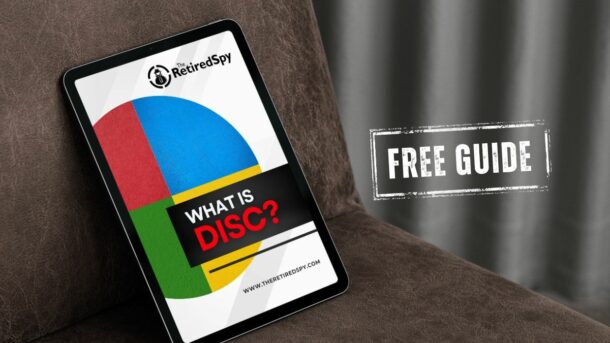Humans are inherently social beings. It’s in our nature to form social connections because it’s our way of surviving and thriving. One of the most basic ways we achieve this is through interactions. Interacting with another person allows us to connect and build a bond with them.
As each person is unique, it’s essential to understand the differences between each interaction, especially since it can either make or break a connection or relationship. If there’s one thing I noticed working as a contact handler in the past, it is that, in every interaction, you’re either going to complete or compete with that interaction. They are very similar words – but with only one letter different!
And what does that L stand for? It stands for the common LINK, common LOVE or common LIKE when communicating with people that, once you find it, makes it easier to connect and build a relationship with them.
I believe we’ve all heard the expression, “No man is an island.” In essence, this common link also means the same thing: everyone is connected. Each of us requires the company and comfort of others to thrive and build a community or society.
But since it can be difficult to have the confidence to start that connection, most people end up leaving it to chance. I’m here to tell you there’s a way to do it by design, which I discuss in the podcast above. But to give you an overview, here’s a couple of key concepts you can use as notes to help you grasp the concepts.
Key Concept #1
Building a relationship means asking the right questions and knowing the most fitting statements to create a conversation. One of the best ways to do it is through the 3-4-5 approach.
The 3-4-5 Approach
There are a lot of things you can learn about someone when you talk with them. You get a glimpse of their values, understand their reasonings, and discover their beliefs. Having a conversation with someone reveals their intentions and biases, which gives meaning to how they think or do certain things. All of which are essential factors in determining how you’ll build a connection with them.

Conversing with someone is simple, but if your goal is to understand their innate behavior, you’ll need to be more specific with how you approach them. That’s why you need to ask the right questions that make everybody stop and pay attention to you. To do that, I follow the 3-4-5 approach, which stands for statements of 3, 4, and 5 words that you can use to initiate conversation. Here’s what these statements are.
“I’m just curious.”
When you start asking using this 3-letter sentence, your subconscious mind stays open. It makes the person you’re asking think you’re curious, inquisitive, and interested in them. It opens the discussion to other topics that will help you get to know them better.
“Well, you know how..”
After opening the conversation, you follow it up with this 4-letter sentence. This keeps the connection going, moving towards establishing a form of rapport and allows you to say whatever it is that you want to bring to the table. For example, “Well, you know how you mentioned XYZ was important? I agree and I think that we could XYZ”
“Would it be okay if…”
And finally, you expand the conversation further with this 5-letter sentence. For example, “Would it be okay if I follow up?” or “Would it be okay if we use this method?” Using this statement provides an opportunity to ask more questions and eventually discern their preferred communication style.
Key Concept #2
Discerning a person’s preferred communication style involves determining their:
Pace perspective – which is their preferred pace of the environment.
Priority perspective – which is how one chooses to prioritize their works.
Key Concept #3
You’ll find yourself at a disadvantage in business or in your personal life if you don’t utilize a model to understand people better. Remember, every person has a different mindset, and if you can differentiate people using a model, it’s easy to understand them and see things from their point of view.

Take the DISC model, for instance. It makes conversations uncomplicated and easy to navigate because determining one’s distinct communication style based on these four behaviors allows us to know how to approach them better.
Here’s an example of the DISC model at work: The D persona tends to be more direct and prefers to communicate firmly. An I persona is more inspiring and would like things to be expressed in a fun manner. The S persona, meanwhile, wants to be more supportive in its day-to-day activities and would like it better to converse in a friendly manner. Lastly, C personas are more cautious about their everyday life and would opt to engage in a more factual way.
Summing It Up
At the end of the day, we need to understand that there’s a reason why people act or communicate a certain way. People don’t intentionally do things to us; instead, they do things for themselves, and once we recognize that, it’s easier to celebrate differences versus tolerating them. So, to better understand the key concepts I mentioned, schedule a call with me if you need help finding that common link.
Found this interesting? You might like these too…
Law Enforcement and the Four Temperament (DISC) Model of Human Behaviour


